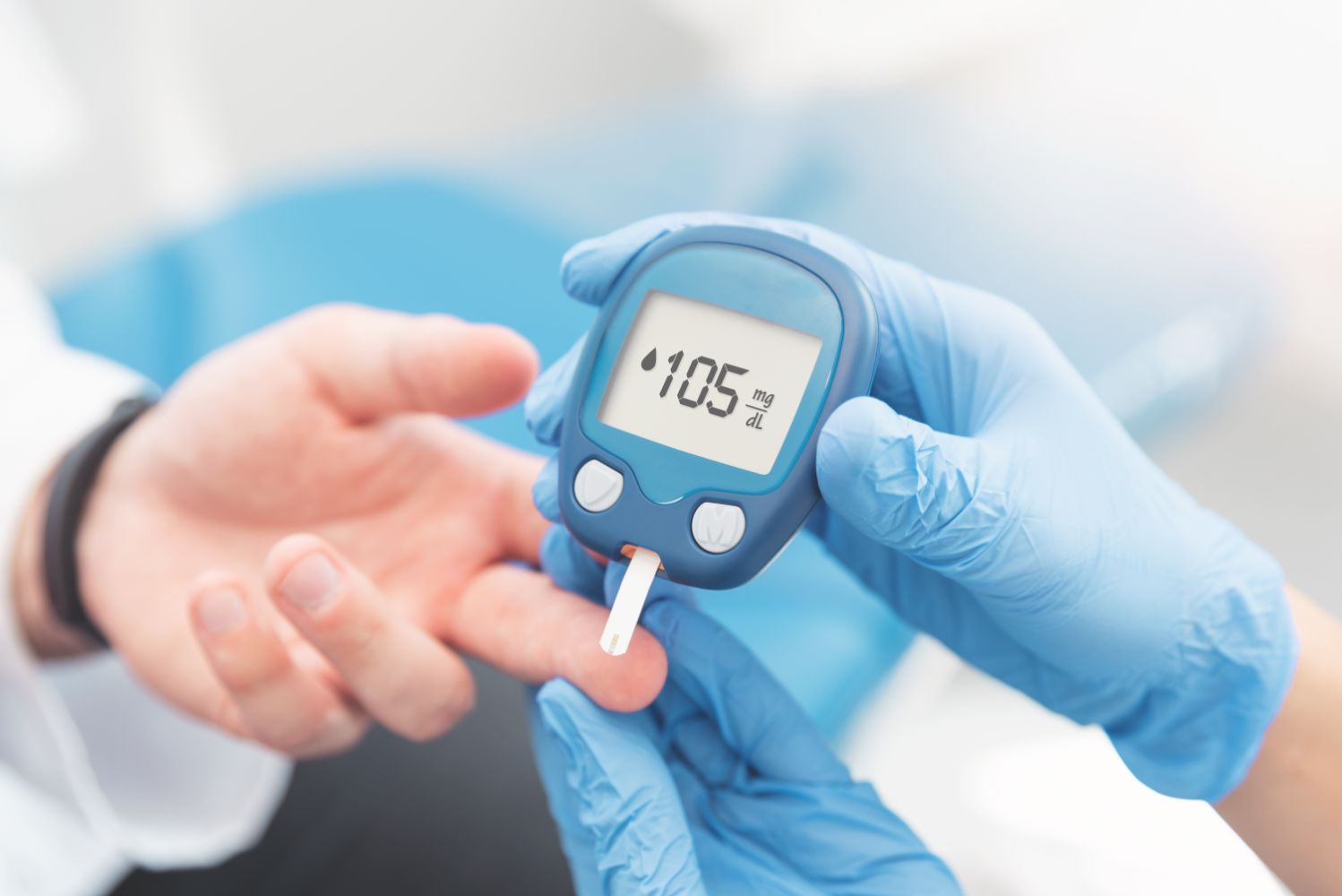
Difference among Heart Diseases
Cardiovascular diseases are the leading cause of death globally. According to the World Heart Organisation, there were 17 million premature deaths (under age 70) worldwide, 38% of whom were due to cardiovascular diseases. (1)
In Singapore alone, according to the Singapore Heart Foundation, 1 out of 3 deaths is due to heart disease or stroke. On average, 23 individuals die from heart disease each day in Singapore. From data collected in 2022, cardiovascular disease accounted for 31.4% of all deaths in Singapore. (2)
An overview of Cardiovascular Disease
The term cardiovascular disease encompasses a wide range of diseases related to the heart, the blood vessels, or both. These disorders can seriously hamper a person’s quality of life and survival as their implications are often systemic and complications may further damage other vital organs such as the brain (as in stroke).
Cardiovascular diseases may originate as a consequence of intrinsic heart dysfunction. This group of disorders include heart rhythm abnormalities, conduction defects of the heart, dysfunctions of the myocardium, and diseases of the heart valves. This can cause ineffective pumping of the blood, resulting in heart failure.
On the other hand, some cardiac diseases may be due to systemic pathologies of blood vessels. These may be primary disorders such as essential hypertension, caused by the age-related stiffening of blood vessels. In addition, such disease may be secondary to some other systemic pathology such as diabetes and high cholesterol.
Explaining the terminology – Difference in Cardiovascular, Heart Disease & Coronary Heart Disease (3)
Cardiovascular Disease – It is a more general term under which all illnesses related to the heart or blood vessels are classified. It includes arrhythmias, high blood pressure, cardiac arrest, coronary artery disease, cardiac failure, peripheral artery disease, stroke, cardiomyopathy and congenital heart defects.
The primary risk factors for cardiovascular disease are smoking, diabetes, high cholesterol, physical inactivity, obesity, alcohol consumption and genetic predisposition. Such risk factors ultimately compromise the function of the heart directly or most commonly through the buildup of plaques in the arteries.
The primary symptoms of cardiovascular disease are shortness of breath, chest pain and discomfort, easy fatiguability, palpitations, and dizziness for which immediate medical help must be sought.
Heart Disease – Although this term is used interchangeably with cardiovascular disease, it is important to differentiate the two. The term “heart disease” refers to conditions in which there is a local pathology limited to the heart only such as problems with cardiac muscles, cardiac conduction systems or heart valves. Thus, every cardiovascular disease is not a heart disease but every heart disease is classified under the umbrella of cardiovascular disease.
Heart disease if not properly managed may ultimately lead to heart failure, where the heart is unable to pump the blood efficiently. So, the treatment of heart failure must be accompanied by the treatment of the primary heart disease which leads to heart failure.
Coronary Heart Disease – This is a disorder related specifically to the blood vessels which supply the muscles of the heart, the coronary arteries. Like all other muscles of the body, the muscles of the heart also need oxygen-rich blood for proper functioning.
In coronary heart disease, the supply of oxygen-rich blood is interrupted due to the narrowing of the coronary vessels or their spontaneous spasm. Such narrowing happens due to the build-up of ‘plaque’, the primary cause of which is atherosclerosis. Over time this narrowing worsens and the heart tissue is further compromised due to lack of enough oxygen. Ultimately this results in a severe emergency, the symptoms of which are called “heart attack”.
How to prevent Cardiovascular Disease? (4)
Although genetic predisposition is a major risk factor for cardiovascular disease (CVD), most of the risk factors are modifiable. The risks can be minimised by the following ways:
- Eat a balanced diet – Fruits, vegetables, legumes, nuts and whole grains are packed with natural vitamins and antioxidants. Meats rich in low-density lipids and salt-rich diets should be avoided. Add diets containing high-density lipoproteins to your diet since they are cardioprotective. These include avocado, nuts, olive oil and fatty fish.
- Remain physically active – Regular physical exercise remains the best weapon in your arsenal against cardiovascular diseases. Steady-state cardio (such as brisk walking) done regularly has been shown to significantly reduce CVD and hypertension.
- Maintain a healthy body weight – Excess body fat can result in insulin resistance and CVD. The risk of metabolic syndrome can be significantly managed by maintaining a healthy weight.
- Avoid smoking and alcohol – Smoking significantly increases the risk for atherosclerosis. Alcohol can also increase the risk of CVD. Counselling and support groups can provide help in doing so.
- Avoid added sugars – Added sugars alone are responsible for increasing cardiovascular risk. Manage intake of sugar and carbohydrates with high glycemic index.
- Manage stress levels – Stress and anxiety are also a risk factor for CVD. Effective management of daily life stresses is also effective.
In short, cardiovascular disease is one of the most common health issue with significant morbidity and mortality. Seek immediate help in case of any symptoms and conduct regular visits to your physician for screening and optimisation of your cardiac health.
You may book a Health Screening appointment at Amara Clinic or contact our clinic for your enquiries about Personal Health Screenings. For enquiries about corporate healthcare programmes, including Executive Health Screenings, GP Services, or Weight management programmes, please contact our Corporate HQ.
References
- https://www.who.int/news-room/fact-sheets/detail/cardiovascular-diseases-(cvds)
- https://www.myheart.org.sg/health/heart-disease-statistics/
- https://heartresearch.org.uk/whats-the-difference-between-cardiovascular-disease-and-coronary-heart-disease/
- https://www.nhs.uk/conditions/coronary-heart-disease/prevention/













